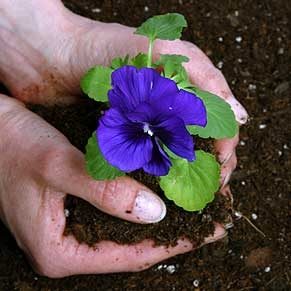
Spring has sprung, and it’s time to get your green thumb going. Read on to find out what gear you need to grab for the season’s gardening.
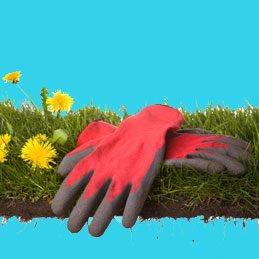
Gardening Gloves
You should have several types of gloves. First, get the lightweight, rubber-coated elasticized type that are useful for working in wet soil, and which allow you to do fine work like transplanting or thinning. Also pick up good quality heavy-duty landscape gloves that protect your hands while doing pruning, moving rock, shoveling, and other demanding tasks. Make sure to select gloves that fit properly, as gloves that are too small are uncomfortable, while those that are too big make it difficult to handle tools or plants.
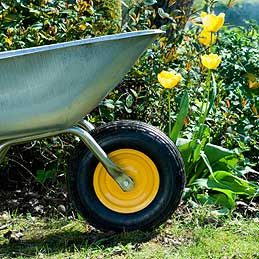
Wheelbarrow
This is an invaluable item for moving plants, rocks, soil, compost, mulch and weeds, so buy one that is heavy-duty enough for your requirements. Some models come with two wheels, making them a little easier to handle on uneven ground. The most pricy models on the market are designed to be self-dumping so you don’t have to strain to deposit that load of stones onto your rock pile.
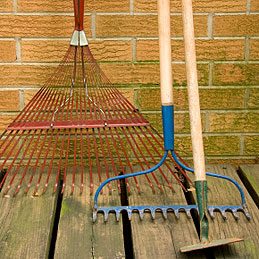
Long-Handled Tools
The most essential tools in this category are a shovel or spade and a leaf rake. Hoes are cherished by some gardeners, especially those with vegetable plots. An edger is used to cut sharp borders between lawn and garden bed, and a rock rake is often used to smooth out soil in a new bed or an area of the lawn that needs reseeding.
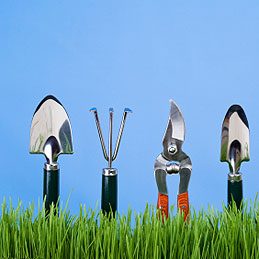
Hand-held Tools
There are numerous hand tools, but the most commonly used are a trowel for transplanting or digging weeds, a cultivator for scratching up soil, and a specialized weeder for digging up taproots like those on dandelions. Other hand tools that aren’t absolutely essential but are useful include a dibber, for planting bulbs or small transplants, a transplanting trowel, which is good for working with perennial or annual transplants, and a soil scoop for filling containers with potting medium.
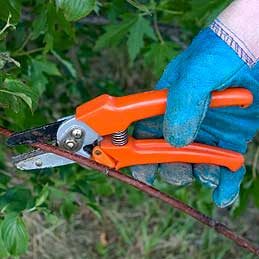
Hand Pruners and Loppers
Also known as secateurs, these are often designed specifically for left- or right-handed gardeners. It’s a good idea to buy good quality secateurs with carbon-steel blades and ergonomic styling. Pruning can be very tiring work and you want sharp blades to make clean cuts. Hand pruners are only useful for limbs up to about 1/4 inch in diameter. For larger branches, you need loppers, which are heavy duty pruners designed to cut branches up to an inch in diameter. These have long handles and ratchet mechanisms so they can cut cleanly through branches without causing too much strain on the gardener.
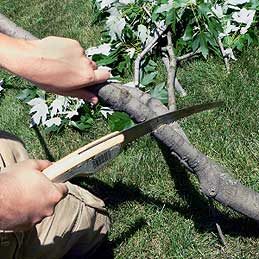
Pruning Saw
Sometimes, pruners and loppers just aren’t up to the task at hand, such as removing larger branches from trees or shrubs. Pruning saws have slightly curved, toothed blades that will cut through wood and not bind or tear. Folding pruning saws are compact and easy to store and carry safely, because the blade folds into its handle like a jackknife.
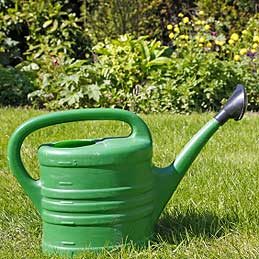
Watering Can or Watering Wand
As much as you might try to be water-wise with your gardening, sometimes you do need to use a hose or watering can, especially to water plants that are in containers or are newly transplanted into the ground. A good watering can should be easy to carry, hold and use. Many cans come with a brass rose that fits over the end of the spout and turns the flow of water into a shower which is easier on seedlings and small plants. Watering wands are a type of attachment you can connect to your hose. They come in a variety of styles and spray patterns, and are excellent for quickly and gently delivering water to containers.